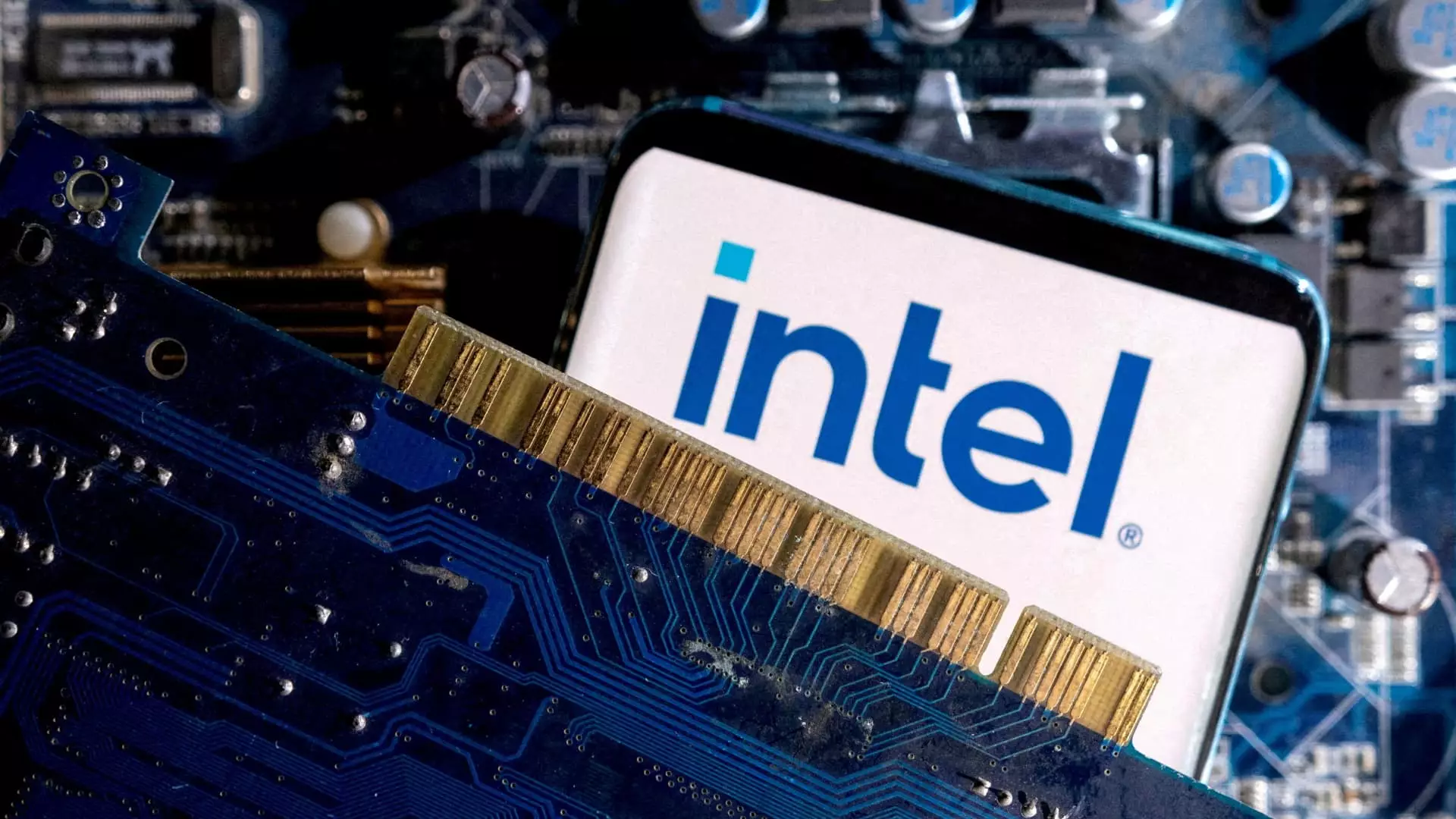On Tuesday, Intel Corporation announced a significant strategic move: the spin-off of Intel Capital, its venture capital subsidiary, into an independent entity. This decision marks a pivotal moment in Intel’s corporate strategy as it seeks to adapt to the evolving technological landscape and recover from a turbulent period characterized by steep financial losses and changes in leadership. The firm’s decision to establish Intel Capital as a standalone fund is not merely a reshaping of its operational framework; it also opens up pathways for external funding, potentially enhancing its agility in the rapidly changing venture capital marketplace.
With approximately $5 billion in assets, Intel Capital has historically been fully financed by Intel. By transitioning to an independent structure, the fund is poised to tap into external investors, thereby diversifying its capital sources. This move reflects a growing trend in the tech industry where corporate venture arms aim to leverage their insights and market positions—enabling them to compete more effectively against dedicated venture firms.
This strategic shift comes along with the backdrop of Intel’s worst stock market performance since its IPO in 1971. A series of missteps, including significant losses in market share, has prompted the company to reevaluate its business strategy rigorously. Under the leadership of former CEO Pat Gelsinger, who was ousted in December after a tumultuous four-year stint, Intel faced challenges that have necessitated both cost-cutting measures and a simplification of its corporate structure.
In the wake of leadership changes, Intel has begun to wind down or sell smaller divisions while laying off employees as part of its broader efforts to streamline operations and stabilize financial performance. The changes are not limited to Intel Capital; the company is also in the process of spinning off Altera, which specializes in field-programmable gate arrays (FPGAs), with ambitions to take it public in the near future.
Historically, corporate venture capital has surged as companies recognize the strategic value of investing in startups. Intel was a pioneer in establishing a dedicated corporate venture funding arm back in 1991. Since then, this model has gained traction across the technology community, with heavyweights like Google, Microsoft, and Salesforce following suit. However, while Intel Capital was among the early adopters, it is not the only technology company executing a spin-off of its investment arm; SAP’s transition of SAP Ventures to Sapphire Ventures in 2011 serves as a relevant case study.
The corporate venture capital landscape peaked in 2021 when firms raised a remarkable $156 billion and participated in nearly 3,800 deals. However, the industry now grapples with declining startup investments, driven by increasing interest rates that began to take effect in 2022. This broader economic context complicates Intel’s decisions but also emphasizes the need for adaptability and innovation in maintaining competitiveness.
Future Outlook for Intel
As Intel prepares for the shift of Intel Capital to independence in the latter half of 2025, the prospects for the venture arm remain promising, yet uncertain. The company has indicated that employees from Intel Capital will continue with the firm post-spin-off, though it has not disclosed particular plans regarding executive roles. There is also potential for a rebranding, signaling a new chapter for the investment entity that has shaped the corporate venture capital model for over three decades.
As Intel navigates this transition, the success of this venture capital spinoff could very well depend on broader market conditions and the company’s ability to further innovate its core semiconductor business. The move to divest Intel Capital underscores a pressing need for agility and fresh capital—fundamentals that renowned venture firms possess in abundance. Ultimately, Intel’s strategic transformation will be measured not merely by its immediate fiscal outcomes but by its sustained recovery and competitiveness in an evolving technological sphere.


Leave a Reply